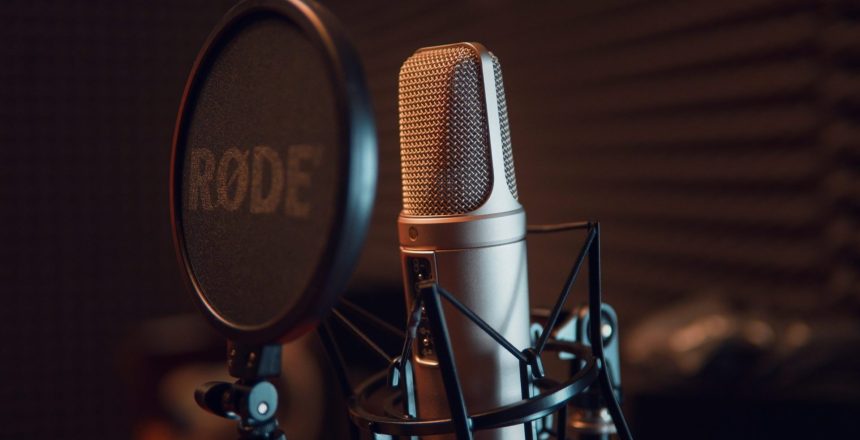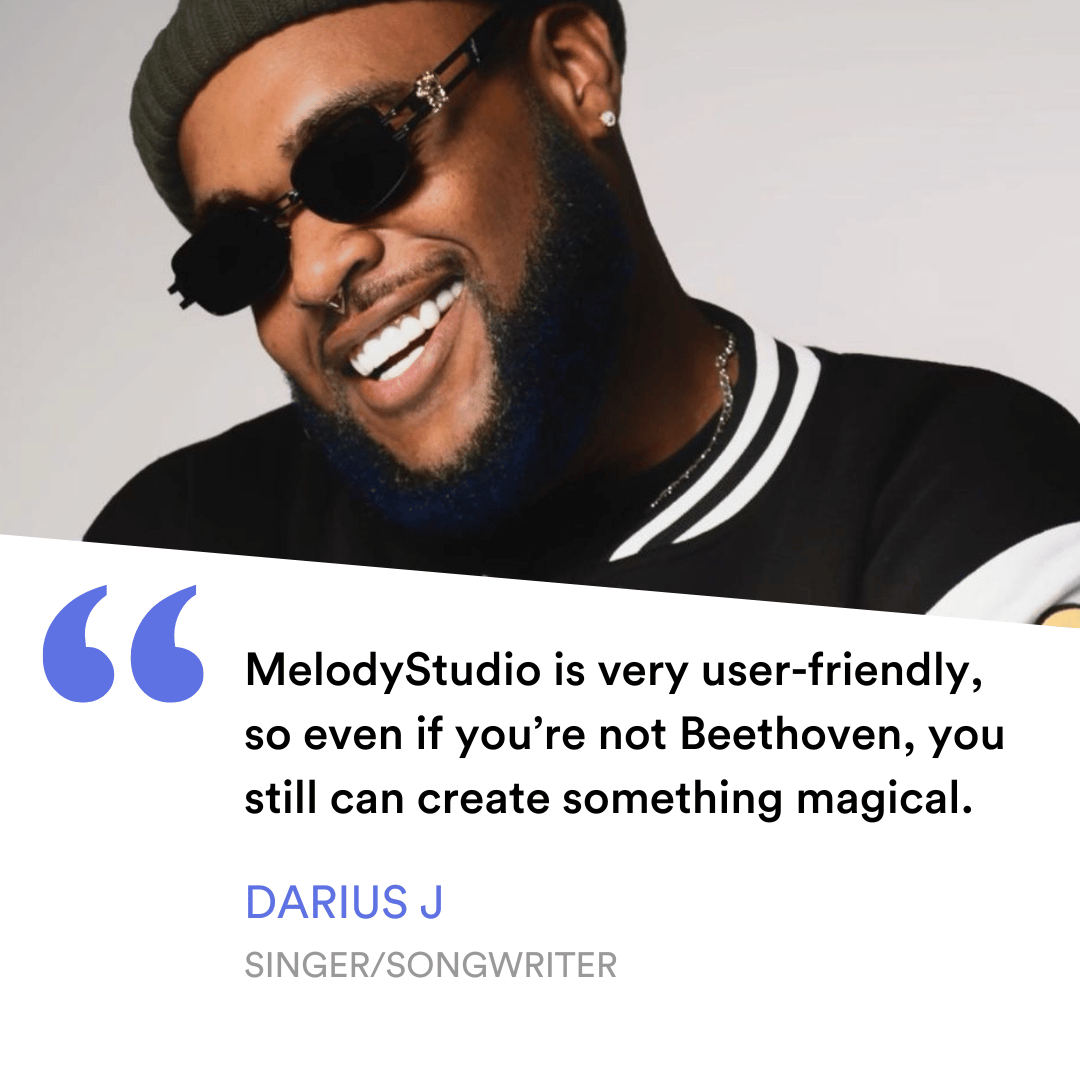So you want to write a vocal melody but don’t know where to start? Sit back and get ready to exercise your eyes because I got five different melody ideas for you to get your melody muscles moving.
1. Freestyle on a loop
If you open your writing session looking to write a catchy dance song or a solemn ballad, this is the best place to start. Find a loop you like (I find myself using Splice often) and pop it into GarageBand or whichever DAW of your choosing. Then press record and start humming some notes. Once you got 10-15 minutes in of good melody, stop the recording and listen back. Pick your favorites and label them as what they sound like (verse, chorus, pre, bridge, etc). Fit them into a formula and BOOM! You have an entire song with catchy melodies. My one caveat with this method is the finished product. Very often once you write to a beat, you get attached to the backing track and it feels weird when you change it. If this is the case with you too, make sure that beat is royalty-free, meaning you don’t need to get special permissions to use it. If for any reason the loop is not usable, consider the loop to be a jumping off point!
2. Play with the scale and chords
Just as you would with a loop, this is a leveled up version. Being able to write a vocal melody on a scale over chords gives you more flexibility. So unlike the loop, if you want to change the vibe or tempo, you have the ability to do so with ease. Also, there’s no need to worry about infringing on copyrighted music because you’re making your own! If you already know chords and scales, then this is the perfect opportunity to put those musicianship skills to use. If you’re new at scales and chords, welcome to a new world! Learning chords and scales will open up so many more possibilities for you. Start easy with I-IV-V chords (pronounced one-four-five; it’s a chord progression based on the root, fourth, and 5th notes in the scale). This is basically the cheat sheet formula to almost every pop song ever written!
3. Freestyle on an unfamiliar instrumental
If you’re still looking to understand structure, this is the perfect exercise. What artistic quality do you want to recreate? the anthemic empowerment of Rachel Platten? The lively joy of Andy Grammar? What about the romantic chill of John Mayer? Take who you want to emulate and find an instrumental version of a song you have never heard of before. When you write to it, channel the vibe you want to emulate but make it your own! My caveat is if you’re too good at this, you may start to sound too much like the artist — the topic is too similar or the melody sounds just like a song that’s already made. In these cases, don’t beat yourself up and don’t lose hope. Take what you want to salvage and write a different song! My solution for this is to get inspired by 2-3 artists instead of just one at a time; and remember that your authentic self trumps all whenever you have the inclination to delineate. Experiment with different instrumentals and soon enough, you’ll find the common thread between them all — that’s how you can find your artistic sound.
4. Words first
One of my favorite places to start is by getting into the story first. Very similar to writing your statement thesis at the end, you can save writing the melody after you have the whole body of the song. When retrofitting a melody into a song, you already have a few pieces already set: the vibe you wanna create to match (or contrast depending on your artistry) the words, the structure and how many melody types you’ll need, and most especially the prosody (PRAH-zuh-dee). Prosody is the marriage of melody and lyrics. When you have them fit, the song is so satisfying.
An example is when you have lyrics that say, “getting higher and higher and higher” and so the melody will want to… yes, go higher and higher. Other fun examples include: stop— And deeeeep dooooown lowww belowwwww, LOUD!! and looOoooOoooOong. My only caveat to writing this way is keeping your syllable count and rhythm in check. It’s easier on your future self if you write a poem first with rhyme scheme and matching syllable count. If you don’t, you’ll either be doing heavier editing with the words later once you settle on the melody or it’ll be avant garde. But hey, that’s the permission we can give ourselves as artists, to experiment and see what feels right!
5. Use MelodyStudio
The makers of LyricStudio have recently developed a new method to get melody ideas generated with the click of a button! This is a new platform called MelodyStudio – a groundbreaking melody generator dedicated to helping artists. Learn more about it here.
So next time you’re struggling to write a vocal melody, we hope these strategies will help you out! Who knows, it might be your biggest hit yet.





